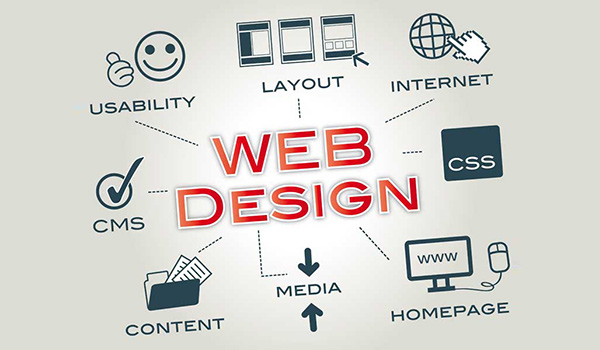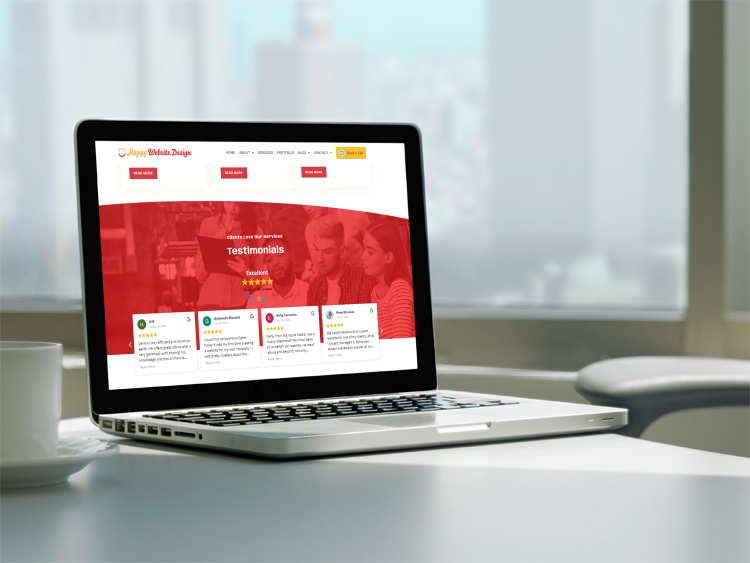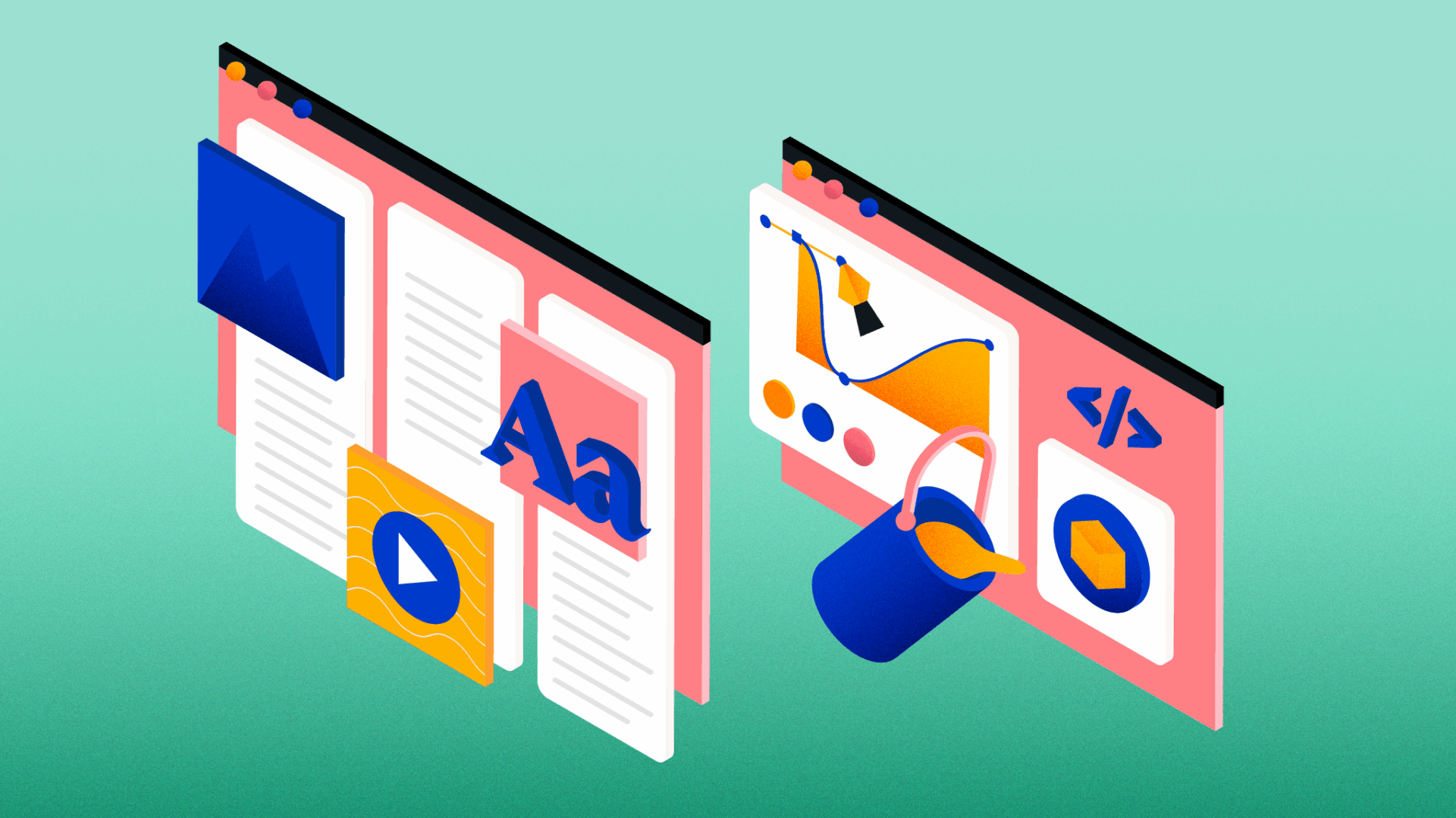Why Holistic Internet Style Is the Key to a Smooth Individual Experience
In today's digital landscape, the significance of holistic internet layout can not be overstated, as it elaborately weaves together looks, use, and capability to develop a smooth individual experience. By adopting an extensive strategy that prioritizes individual needs and leverages feedback, developers can improve the general interaction with their platforms.
Comprehending Holistic Web Style
Alternative website design includes a comprehensive method that takes into consideration every element of the customer experience. This technique incorporates numerous components, consisting of aesthetics, performance, content, and functionality, to create a seamless communication between the user and the electronic platform. By prioritizing the individual's trip, holistic design seeks to straighten the internet site's structure and web content with the demands and expectations of its target market.

In addition, the combination of responsive design concepts is essential in suiting different tools and screen dimensions, better enhancing the user experience. By understanding the interconnectedness of these components, designers can develop websites that not just attract but also preserve customers, eventually driving engagement and conversions. Alternative internet design is, consequently, a tactical technique that cultivates a meaningful relationship between users and electronic rooms, leading the way for lasting on-line success.

Key Elements of Holistic Design
A successful holistic style technique incorporates numerous vital elements that function in consistency to boost individual experience. One such element is user-centered style, which highlights understanding users' demands, preferences, and actions. web design consulting services. By carrying out complete study and use testing, developers can produce customized options that resonate with the target market
An additional critical element is consistency in aesthetic and useful elements across the site. This includes preserving a natural shade palette, typography, and format, which aids individuals navigate the website without effort. Furthermore, receptive style is vital, making sure that the website carries out ideally throughout numerous gadgets and screen dimensions.

Ease of access is additionally an important element of holistic style. By sticking to access standards, designers can create comprehensive experiences that accommodate varied customer teams, consisting of those with disabilities. Additionally, the combination of content approach guarantees that useful info is provided clearly and succinctly, boosting understanding and interaction.

Benefits of a Seamless Experience
Producing a smooth individual experience provides various advantages that substantially enhance general complete satisfaction and interaction. At its core, a seamless experience promotes a sense of convenience and intuition, enabling individuals to navigate an internet site or application effortlessly. This decrease in friction not only enhances the chance of users returning yet additionally enhances their willingness to advise the platform to others.
Furthermore, a seamless experience results in enhanced conversion prices. When users locate what they need with marginal effort, they are more likely to complete wanted activities, such as making a purchase or registering for a newsletter. This effectiveness translates right into higher client retention, as pleased customers are more probable to become faithful supporters for the brand name.
In addition, a natural and smooth user interface decreases cognitive tons, permitting individuals to concentrate on material rather than battling with navigating or design disparities (web design consulting services). This clearness not only enhances individual complete satisfaction however likewise reinforces brand integrity. Eventually, focusing on a smooth user experience leads to a competitive advantage, as organizations that invest web developers for small businesses in this facet are better placed to satisfy the progressing expectations of their audience and drive lasting success
Applying Holistic Techniques
To achieve a truly smooth customer experience, organizations have to take on alternative techniques that take into consideration every element of design and functionality. This strategy begins with an unified vision that lines up staff member throughout various self-controls, consisting of UX/UI design, material advancement, and technical execution. Effective collaboration promotes a common understanding of individual requirements and goals, permitting even more meaningful style choices.
Next, it is vital to create customer personalities and journey maps that show the varied demographics and actions of the target market. By empathizing with users' viewpoints, companies can prepare for difficulties and streamline communications throughout the digital experience.
In addition, consistent branding and messaging need to permeate every touchpoint, ensuring a recognizable and trustworthy presence that improves individual engagement. Incorporating receptive design concepts is additionally essential, as individuals currently interact with web content across numerous devices.
Furthermore, organizations must focus on ease of access, making sure that all individuals, despite ability, can navigate and gain from their digital offerings. By installing these all natural strategies into the design procedure, organizations can create a cohesive and satisfying user experience that advertises satisfaction and loyalty.
Determining Customer Experience Success
While achieving an alternative method to web style is necessary, measuring customer experience success is equally vital to make sure that layout strategies efficiently meet customer needs. This requires a mix of qualitative and measurable metrics to gain an extensive understanding of user interactions and fulfillment levels.
Secret efficiency indications (KPIs) such as user interaction, conversion prices, and bounce rates give useful quantitative understandings. A high conversion price may indicate that users discover the layout user-friendly and compelling. Conversely, raised bounce rates can signal that individuals are disgruntled or confused, necessitating a reevaluation of the design aspects.
Qualitative procedures, including customer comments, surveys, and functionality testing, are vital for gaining deeper insights into the user experience. Assessing user comments can reveal pain points and areas for improvement, while use tests permit developers to observe real-time communications and identify challenges customers encounter.
Ultimately, the integration of these measurement methods enables constant improvement of internet design, ensuring it stays user-centered and effective in delivering a smooth experience. Consistently revisiting these metrics will make it possible for developers to adjust to developing individual requirements and choices, strengthening the overall success of a holistic web layout approach.
Final Thought
In conclusion, alternative web layout arises as an essential strategy to attaining a seamless individual experience. By incorporating aesthetics, functionality, and usability, this style approach addresses diverse user demands and preferences.